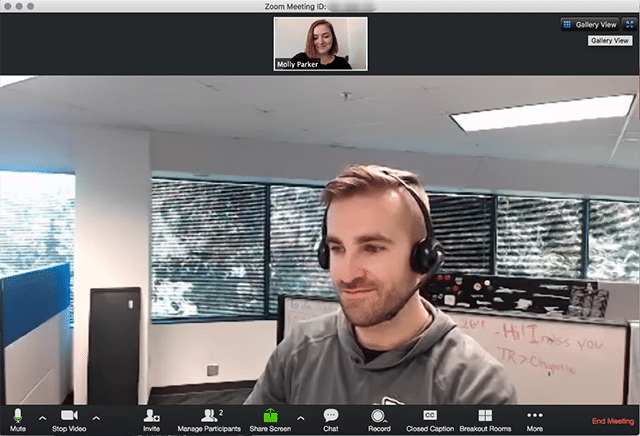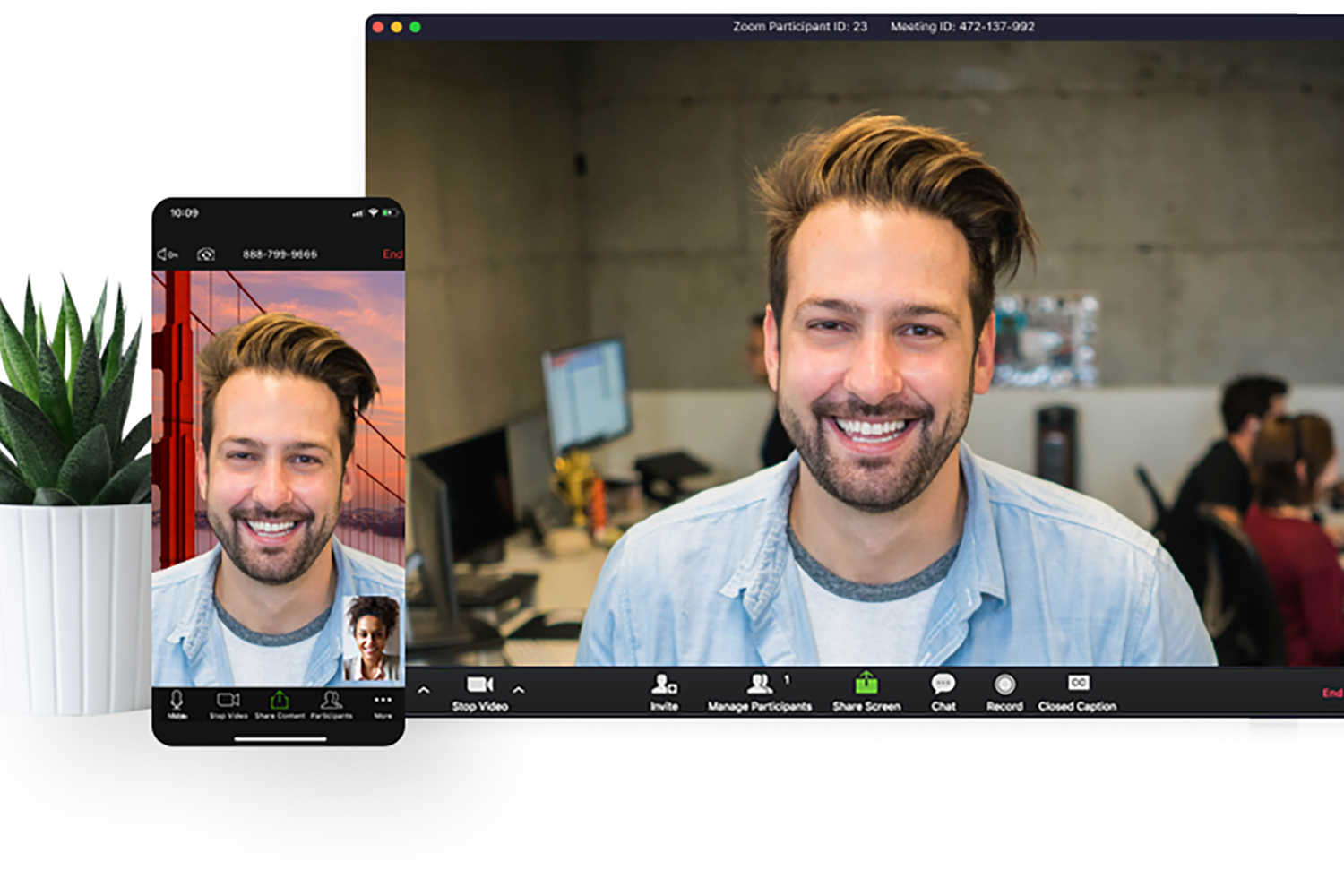

To prevent these unintended consequences of algorithmic bias, you can intervene to reflect a more inclusive visual of your class back to your students by making one small change.Īs the host of your Zoom meeting, you can prevent the grid from changing as students speak. How might Zoom’s algorithm impact the perceived composition of the class if students see one particular group being dominantly represented onscreen? For underrepresented students, this can exacerbate feelings of stereotype threat.If the students that speak most often are from a particular demographic (e.g., white, male, graduate students), what unintended message might this send about who does or doesn’t belong in your classroom?.If less vocal students only see a subset of more vocal students on their first screen, what message does this send about who is more or less valued in the class?.These findings underscore a potential bias with Zoom’s participant ordering algorithm and invite consideration of the following questions: Research evidence over the past two decades has mounted, supporting the assertion that feelings of exclusion-whether conscious, unconscious, or subconscious-have significant influences on student learning and working memory, as well as the ability to perform in academic situations, even when achievement in those academic arenas has been documented previously (e.g., Steele and Aronson, 1995 Steele, 1999).”

“Many studies have documented that students from a variety of backgrounds in undergraduate science courses experience feelings of exclusion, competitiveness, and alienation (Tobias, 1990 Seymour and Hewitt, 1997 Johnson, 2007). Eddy & Hogan, 2019 found that Black students in traditional lecture classes were “2.3 times more likely to report a lower level of in-class participation than students of other ethnicities.”Īs Tanner, 2013 states in Structure matters: Twenty-one teaching strategies to promote student engagement and cultivate classroom equity:



 0 kommentar(er)
0 kommentar(er)
